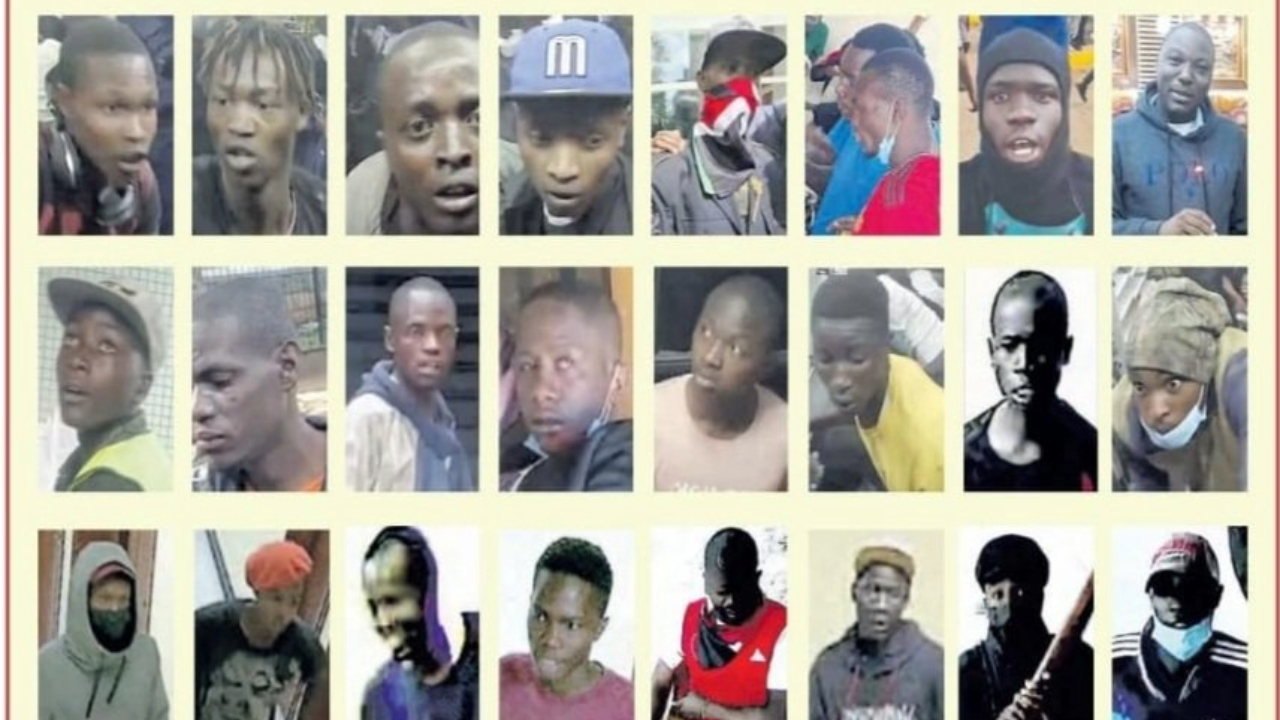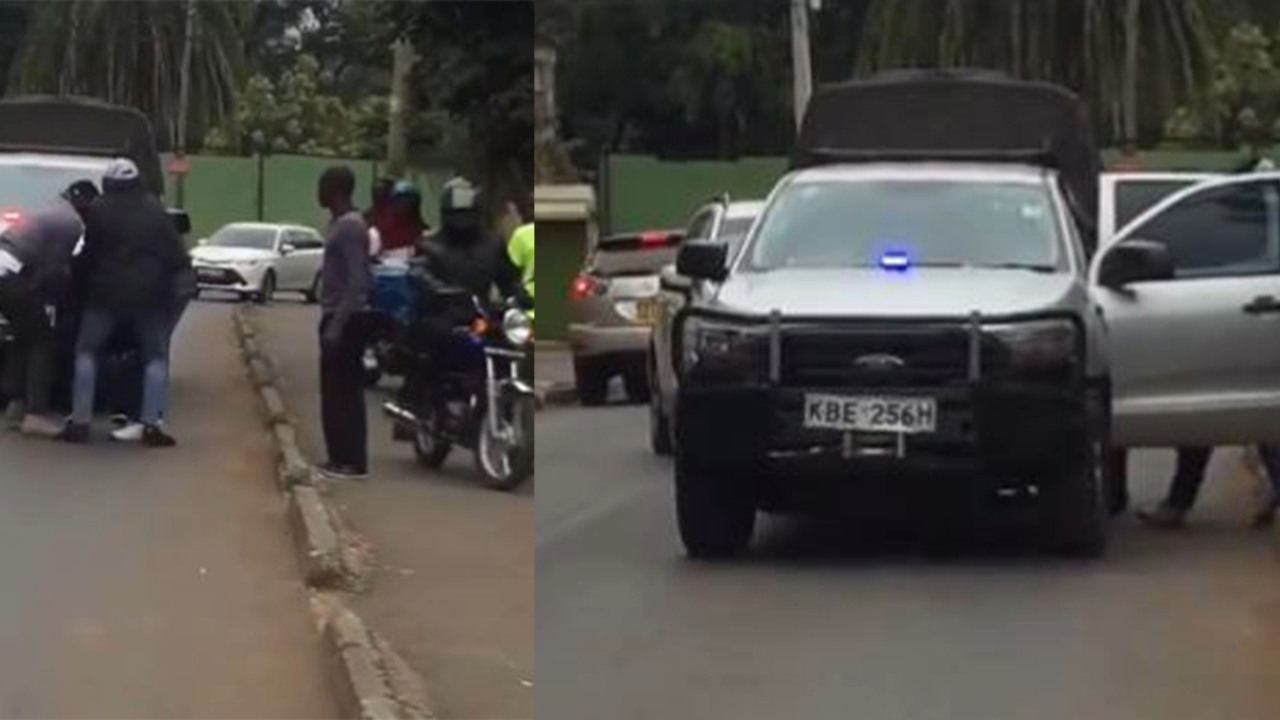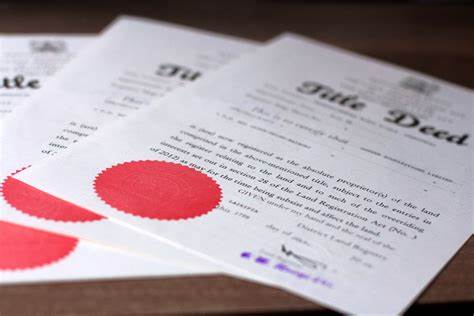Is The Ruto Regime a Reincarnation of The Moi Era?

By Sonia Njiru
In recent months, a significant number of Kenyans have started to compare President William Ruto's administration with the era of the late President Daniel Arap Moi, a time often remembered for its autocratic governance, economic struggles, and rampant corruption. This comparison, largely unfavorable, underscores a growing dissatisfaction with Ruto's leadership and policies. Here are some key reasons fueling this sentiment:
1. Perceived Authoritarianism.
A major similarity drawn is the perception of growing authoritarianism. During Moi's 24-year reign, Kenya was marked by limited political freedoms, suppression of dissent, and centralized authority. Similarly, critics contend that President Ruto has displayed tendencies to consolidate power and quelling opposition. The arrest of prominent opposition leaders and journalists has heightened these concerns, reminding many of the repressive tactics employed during Moi’s regime.
2. Economic Hardships and Rising Debt.
Economic difficulties have further deepened the sense of déjà vu. Under Moi, Kenya experienced economic decline, high inflation, and escalating debt. Today, Kenyans are facing analogous economic challenges. Despite promises of economic improvement, Ruto’s administration has struggled with high unemployment, rising cost of living, and increasing national debt. The government's implementation of higher taxes and austerity measures has sparked public outrage, reminiscent of the economic woes during Moi's rule.
3. Corruption Allegations.
Corruption was pervasive during Moi’s administration, with numerous scandals tarnishing the government's image. Kenyans observe similar issues in Ruto’s regime, as allegations of graft and misuse of public funds continue to surface. Recent controversies over government contracts and procurement processes have led many to believe that corruption remains deeply rooted in the current administration, much like it was during Moi’s era.
4. Political Repression and Human Rights Concerns
The Moi era was notorious for its human rights abuses, including political repression, detention without trial, and extrajudicial killings. Concerns are growing that similar practices are reemerging. Reports of police brutality during protests and the crackdown on civil society groups have alarmed human rights advocates. The government's aggressive approach to silencing dissent is seen as a regression to the oppressive tactics of Moi’s rule.
5. Media Suppression.
Under Moi, media freedom was severely restricted, with the government exerting tight control over the press. Today, journalists and media outlets critical of Ruto’s administration report increased harassment and intimidation. Instances of journalists being detained or threatened for reporting on government malfeasance have drawn sharp criticism from international and local media watchdogs, drawing parallels to the media repression of the past.
6. Public Discontent and Protests.
Public dissatisfaction is rising, and protests have become more frequent. With the most recent one being the online fueled protest dubbed #OccupyParliament and #RejectFinanceBill 2024, where Kenyans have taken to the streets to speak out against the latest finance bill proposed by the government. The government's response to these protests has often been heavy-handed, with security forces using excessive force to disperse demonstrators. This approach has further cemented the perception of a regime intolerant of dissent and reminiscent of Moi’s oppressive methods.
While every administration faces unique challenges, the comparisons between President William Ruto’s regime and that of President Daniel Arap Moi highlight significant concerns among Kenyans with some Kenyans deeming Ruto’s Era to be extreme. The echoes of the past are loud and clear, urging the current government to take heed and address the issues driving this narrative. Transparency, accountability, and a commitment to democratic principles are essential to dispelling these negative comparisons and ensuring a better future for Kenya.




